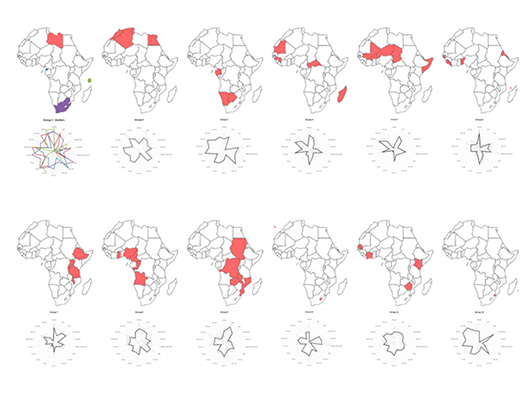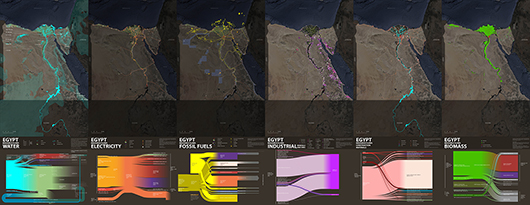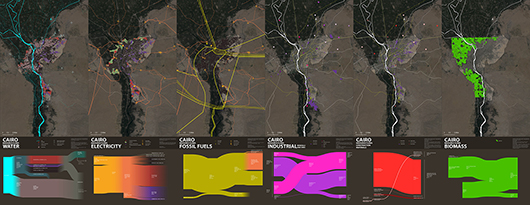urban metabolism
Resources and Urban Africa
Resources and Urban Africa
Project Workshop and Public Presentation
On June 17 and 18 2015, an invited group of African city experts assembled for the Resources and Urban Africa workshop held at the Sustainability Institute in Lynedoch, South Africa, to discuss African cities and critical resources. The workshop was the inaugural event of the African Urban Metabolism Network (AUM Network), which is a collaboration between the Urban Metabolism Group at MIT and multiple local partners in Africa. The Mission of the AUM Network is to use science and design to assist a diverse range of organizations and stakeholders in creating resource efficient cities through research partnerships and trans-disciplinary collaboration. The outcomes of the work will complement policy relevant initiatives for social inclusion, economic development, and environmental regeneration and support sustainable pathways through improved access to, and quality of urban resources.
Download the Workshop Executive Summary here.

Abstract
Predictions assert that Africa and Asia will account for 85-90 percent of growth in urban population in the coming four decades. Currently, the African continent hosts nine of the fifteen fastest growing national economies in the world [1]. By 2050 the African urban population will exceed 1.2 billion, an increase of 786 million new urban residents [2].
The research project "Resources and Urban Africa" seeks to understand this growth in terms of the physical resources consumed at present and required in the future. The research consists of multiple parallel research projects.
The development of a Typology of African cities uses Material Flow Analysis and statistical analysis to establish a classification of cities based on distinct urban resource consumption profiles. The typology is based on the overall and per capita consumption of key resources including: water; materials; fossil fuel energy carriers; and CO2 emissions.

Mapping Resource Flows in African Cities develops detailed resource maps showing the paths and volumes of resource extraction, acquisition, delivery and waste dispersal in six countries and the primary city in each: Cairo, Egypt; Cape Town, South-Africa; Lagos, Nigeria; Nairobi, Kenya; Kinshasa, DRC; and Luanda, Angola. Based on this information, and with the cooperation and engagement of local partners, the team aims to define specific strategies to guide sustainable development of African Cities in terms of energy and material flows.


[1] AFDB 2014, Annual Development Effectiveness Review 2014. www.afdb.org/en/documents/document/ader-annual-development-effectiveness-review-2014-48282/
[2] UNEP. 2012. Sustainable, resource efficient cities - making it happen! Available online: www.unep.org/urban_environment/PDFs/SustainableResourceEfficientCities.pdf.